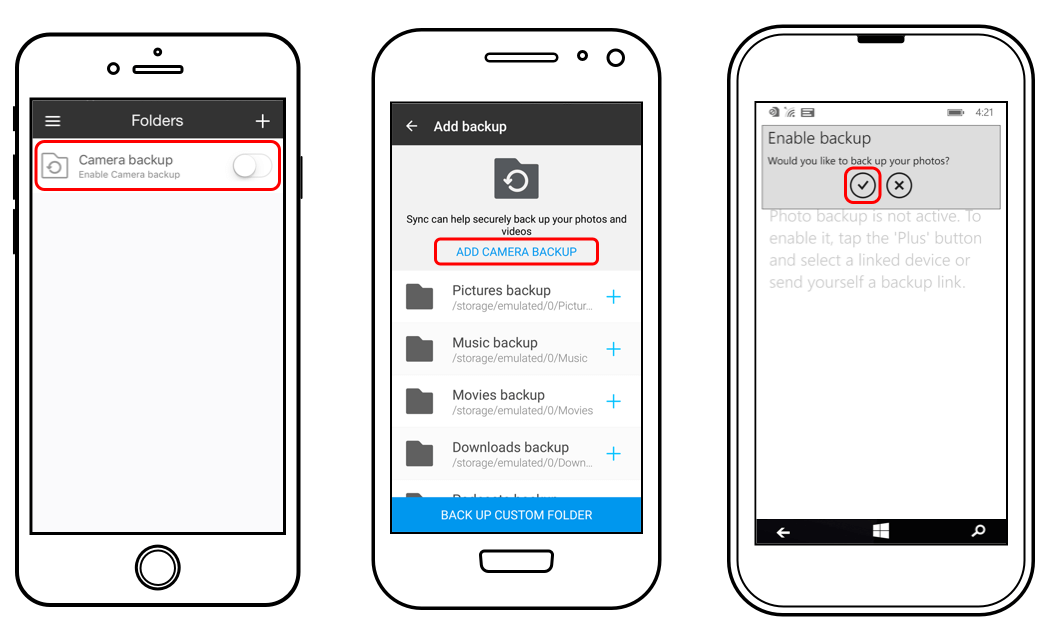As technology continues to evolve, the Internet of Things (IoT) has become an integral part of our daily lives. Securely connecting remote IoT devices using P2P SSH on Ubuntu is essential for safeguarding sensitive data and ensuring seamless communication. This guide provides a step-by-step approach to help you achieve robust security for your IoT ecosystem.
In today's interconnected world, the security of IoT devices cannot be overlooked. From smart homes to industrial automation, ensuring that these devices communicate securely is paramount. This article will explore how to establish a secure connection between remote IoT devices using P2P SSH on Ubuntu, while also addressing potential vulnerabilities.
By the end of this guide, you will have a thorough understanding of the process, tools, and best practices required to implement secure IoT connections. Whether you're a beginner or an experienced developer, this comprehensive resource will provide the knowledge you need to protect your IoT infrastructure effectively.
Read also:Comprehensive Guide To Understanding And Leveraging Viral Trends
Table of Contents
- Introduction to IoT Security
- Setting Up Ubuntu for IoT Security
- Understanding SSH Basics
- Implementing P2P SSH for IoT
- Steps to Securely Connect Remote IoT Devices
- Configuring Firewall for Enhanced Security
- Best Practices for IoT Security
- Common Issues and Troubleshooting
- Tools and Resources for IoT Security
- Conclusion and Next Steps
Introduction to IoT Security
Why IoT Security Matters
The Internet of Things (IoT) has revolutionized the way we interact with technology. However, the proliferation of connected devices also brings significant security challenges. According to a report by Gartner, the number of IoT devices is expected to exceed 25 billion by 2025, making IoT security a critical concern.
Securely connect remote IoT devices is not just about protecting data; it's about safeguarding entire networks from potential breaches. Cyberattacks on IoT devices can lead to severe consequences, including data theft, financial loss, and even physical harm in critical infrastructure systems.
Setting Up Ubuntu for IoT Security
Choosing the Right Ubuntu Version
Ubuntu is a popular choice for IoT development due to its stability and extensive community support. When setting up Ubuntu for IoT security, it's essential to choose the right version that meets your specific requirements.
- Ubuntu Server: Ideal for headless operations and minimal resource usage.
- Ubuntu Core: Designed specifically for IoT devices, offering lightweight and secure features.
- Ubuntu Desktop: Suitable for development and testing purposes.
For this guide, we recommend using Ubuntu Server or Ubuntu Core, depending on your project's complexity and resource constraints.
Understanding SSH Basics
What is SSH?
SSH, or Secure Shell, is a cryptographic network protocol that allows secure communication over unsecured networks. It provides a secure channel for remote access and file transfer between devices.
When you securely connect remote IoT devices using SSH, you ensure that all data transmitted between the devices is encrypted and protected from unauthorized access. This is particularly important in P2P (Peer-to-Peer) communication, where devices communicate directly without intermediaries.
Read also:Website For Gamification Summit Ticket Sales Your Ultimate Guide
Implementing P2P SSH for IoT
Setting Up P2P SSH
P2P SSH allows IoT devices to communicate directly without relying on centralized servers. This setup reduces latency and improves efficiency while maintaining security. Below are the steps to implement P2P SSH for IoT:
- Install SSH Server: Begin by installing an SSH server on your Ubuntu system. Use the command `sudo apt install openssh-server` to install OpenSSH.
- Configure SSH Keys: Generate SSH keys for authentication. This eliminates the need for passwords and enhances security. Run `ssh-keygen` to create a key pair.
- Exchange Public Keys: Share the public key with the remote IoT devices to establish trust and enable secure communication.
Steps to Securely Connect Remote IoT Devices
Ensuring End-to-End Security
To securely connect remote IoT devices, follow these comprehensive steps:
- Network Configuration: Ensure that all devices are connected to the same network or have proper routing configured.
- Firewall Rules: Set up firewall rules to allow only necessary ports and restrict unauthorized access.
- Regular Updates: Keep your Ubuntu system and SSH server updated with the latest security patches.
- Monitor Logs: Regularly review SSH logs to detect and respond to any suspicious activities.
Configuring Firewall for Enhanced Security
Using UFW for Firewall Management
Ubuntu comes with a user-friendly firewall management tool called UFW (Uncomplicated Firewall). Here's how you can configure UFW to enhance your IoT security:
- Enable UFW: Run `sudo ufw enable` to activate the firewall.
- Allow SSH: Allow SSH traffic by running `sudo ufw allow ssh`.
- Deny All Incoming Traffic: Use `sudo ufw default deny incoming` to block all incoming connections except those explicitly allowed.
Configuring UFW correctly ensures that only trusted devices can access your IoT network, minimizing the risk of unauthorized access.
Best Practices for IoT Security
Adopting Proactive Security Measures
Implementing best practices is crucial for maintaining robust IoT security. Consider the following recommendations:
- Use strong, unique passwords for all devices and accounts.
- Enable two-factor authentication wherever possible.
- Segment your IoT network to isolate sensitive devices.
- Regularly back up important data and test recovery procedures.
By adhering to these best practices, you can significantly reduce the risk of security breaches and protect your IoT ecosystem.
Common Issues and Troubleshooting
Addressing Potential Problems
Even with proper configuration, issues may arise. Here are some common problems and their solutions:
- Connection Refused: Ensure that the SSH service is running and that firewall rules allow SSH traffic.
- Authentication Failed: Verify that the public key is correctly exchanged and that permissions are set correctly.
- Slow Performance: Optimize your network settings and consider using compression to improve SSH performance.
Regularly testing your setup and addressing issues promptly will help maintain a secure and reliable IoT connection.
Tools and Resources for IoT Security
Exploring Useful Tools
Several tools and resources can assist you in securing your IoT devices:
- Fail2Ban: Prevents brute-force attacks by banning IP addresses after multiple failed login attempts.
- ClamAV: Provides antivirus protection for your IoT devices.
- Wireshark: A network protocol analyzer that helps in monitoring and troubleshooting network traffic.
Utilizing these tools can enhance your IoT security posture and provide additional layers of protection.
Conclusion and Next Steps
In conclusion, securely connecting remote IoT devices using P2P SSH on Ubuntu is a critical step in safeguarding your IoT infrastructure. By following the steps outlined in this guide, you can ensure that your devices communicate securely and efficiently.
We encourage you to take action by implementing the best practices discussed and exploring the recommended tools and resources. Share your thoughts and experiences in the comments section below, and don't forget to check out our other articles for more insights into IoT security.
Remember, securing your IoT devices is not a one-time task but an ongoing process. Stay informed, stay vigilant, and keep your IoT ecosystem secure.


